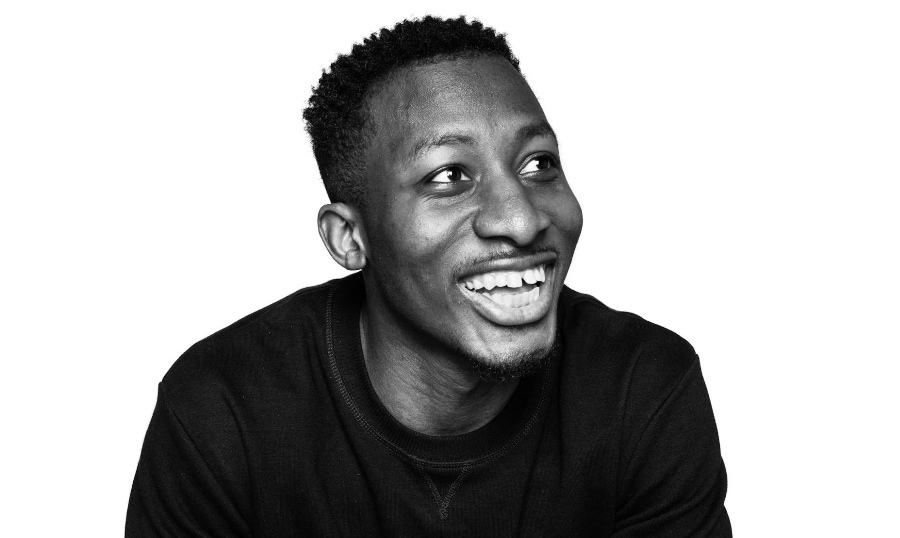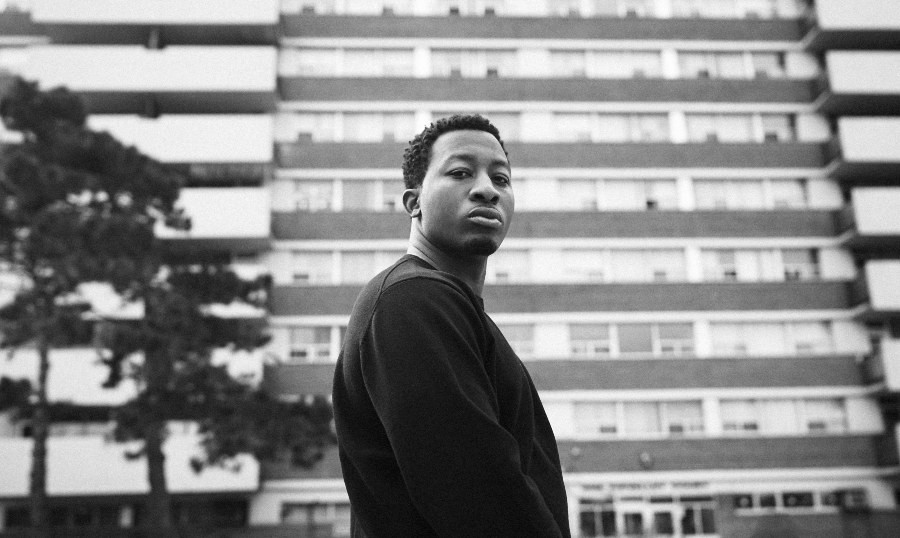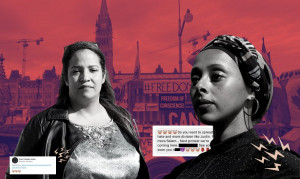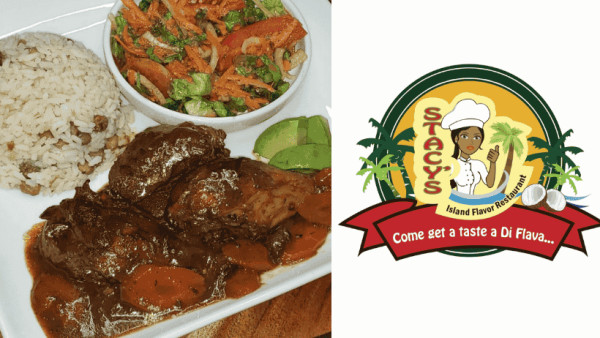Carmichael rode for 10 hours a day, often with one arm when his shoulders broke out in muscle spasms. In the evenings, he would visit local community hubs to educate people on the impact of structural racism on marginalized groups. Between cycling and teaching, Carmichael's motivation was worn out, like his body, but sparks of hope reminded him that a younger audience was attentively watching, cheering, and reaping Carmichael’s determination.
This time around, young Black girls and boys could relate to Carmichael and see him as a brother or uncle taking on a challenge to improve their lives. “There comes a point where you start to realize they don’t really come from communities like yours, they don’t really look like you, they don’t go through the same challenges,” Carmichael says. He refers to his inspirations like Terry Fox and Rick Hansen. Cycling across Canada meant a lot to kids in the Black community because Black figures who do “crazy physical movement” rarely exist.
Although Carmichael trained before battling high elevation in British Columbia’s mountains, nothing could prepare him for the tour's physical and mental toll, despite playing basketball, football and running track. “I was trying to figure out in my head when to quit until getting a notification from this Instagram account, Cheers for Curtis, as I was on the side of the highway. And it just had kids saying, ‘When you ride for me I feel like I'm riding.’ So it became more about the community than myself,” says Carmichael.
The community he refers to includes his hometown, Scarborough. Carmichael says while it's one of the most neglected boroughs in the city, Scarborough is also the most culturally and ethnically diverse place in Canada. “Though you're on the outskirts, you end up figuring out how to do a lot with little, but then you also figure out real creativity comes from using what you have available to you,” he says. Scarborough’s impact on Carmichael is visible. As a teacher and activist, among other titles, Carmichael creates a movement centred on helping others and using his experiences to inform on this journey. Carmichael is always on the move. He explains that nothing is off-limits, and it’s about finding the right timing for something to unfold.
He says a compass governs his life, pointing to two roads Carmichael is trying to connect. “My major goal is trying to bridge the gap between the streets and Silicon Valley. I do a lot of work to bridge the educational and digital divide between tech for Black, Indigenous, people of colour communities, and those that live in the hood,” says Carmichael.
Carmichael drew up his setbacks and hardships as a blueprint for younger Black girls and boys. This meant he had to give up being a professional player in the Canadian Football League (CFL) and document his advocacy. Carmichael was invited to a top combine evaluation for the top 100 athletes in Canada. In talks about joining a team, Carmichael decided to hang up his cleats and go back to work in his community.

“The same systems were operating the way they were. Community centres were underfunded, schools underfunded, high unemployment, and the list goes on and on with systemic neglect. So part of me decided to document the advocacy because I was doing something that wasn't really the norm. When someone's about to go pro, they don't decide to move back to the hood,” says Carmichael.
With the help of Sherien Barsoum, a well-known filmmaker, impact producer, and former community worker in Scarborough, Carmichael documented his cycling journey and secured $30,000 from Hot Docs Short Film Festival to fund the film project.
{https://www.instagram.com/p/Bi-Xr_MBhRS/}
Carmichael realized, soon after his cycling tour ended, there was a need for something tangible for the community. Tools like culturally relevant mental health resources, STEM education, financial literacy, and entrepreneurship. All of this was fitting for reading material, a book that Carmichael wished he had access to in his childhood. Butterflies in the Trenches was born, and Carmichael brought his younger self’s dream to life. Carmichael followed what Toni Morrison encouraged: “If there's a book that you want to read, but it hasn't been written yet, then you must write it.” Carmichael reflects, “I see writing as a very unapologetic piece of work that's able to allow other readers to see themselves within it and find a way to prepare for the future work.”
Carmichael ensures that his memoir isn’t just about him. The last couple of chapters are about local and global stories of Black people thriving across several industries like technology, physics, music, finances, and activism. Yet, in the first couple of chapters, we see the reality Carmichael dealt with—the loss of loved ones, the desperate measures to survive, and the tragedy that goes unnoticed. Carmichael says it took four years to write his accounts, “That writing process is not healing, the healing comes after the book.” Carmichael adds that writing forces you to recall what actually happened in your life.
Butterflies in the Trenches is a thought-provoking and visual book. According to Carmichael’s website, it’s “a collection of “powerful honesty about life in the hood, mental health challenges, and the education he received from the dealers, rappers, hood philosophers, inmates, self-taught entrepreneurs, and OGs who shared the street corner with him.”
{https://www.instagram.com/p/CTnaqOwLYRy/}
The title summarizes the book in four words. Curtis says the hood, both locally and globally, is the most beautiful and innovative place in the world. “In the actual natural lifespan of a butterfly, the only way they're able to reproduce and get nutrients and minerals to survive is to eat it from the mud. So I always say that the hood, and your past are the building blocks for your future,” reassures Carmichael.
The future for Carmichael means he’s finding ways to heighten his community involvement and better lives. After his book release in October 2021, Carmichael developed the world’s first-ever augmented reality memoir for his book. Carmichael built the mobile app, which brings his memoir to life and gives readers a visual glimpse into the world he describes. In addition, readers have access to interactive videos and audio content that is unlocked when you hold your phone over the photos throughout the book.
{https://www.instagram.com/p/CTnb4LxFaX3/}“I think you can't talk about breaking the cycle of poverty and preparing people for the future without adding an element that helps it be a bit more revolutionary,” says Carmichael. For him, breaking cycles of poverty means tapping into the creative assets within underrepresented communities. The social and cultural currency available is rich but remains unnoticed until people like Carmichael plant its seed.
As a child of immigrant parents from Guyana, Carmichael credits his eye for success to his parents. As a former professional cyclist during his teens, his dad inspired Carmichael and his cycling passion. “They worked multiple jobs in the city just to make ends meet," he says. Although they took a chance, coming into Canada and not aware of systemic racism, they showed Carmichael that no resources give way to resilience. As a result, Carmichael is now an award-winning social entrepreneur, futurist, technologist, STEM and hip-hop teacher, computer programmer, and more.
So what’s next? After witnessing the gaps in the education system, Carmichael says providing the community with a place where they are holistically cared for is a priority. Carmichael is in the process of establishing a not-for-profit organization called Source Code Academy Canada, a culture-focused academy to prepare Black, Indigenous, people of colour, and low-income kids for the future. It will be an outlet of events, mentorships, workshops, and after-school programs in STEM education, entrepreneurship and financial literacy. It will also focus on mental health, creative arts and food and nutrition.
This story is part of our 10-part series, "Black History Month Changemakers."

 By
By 








